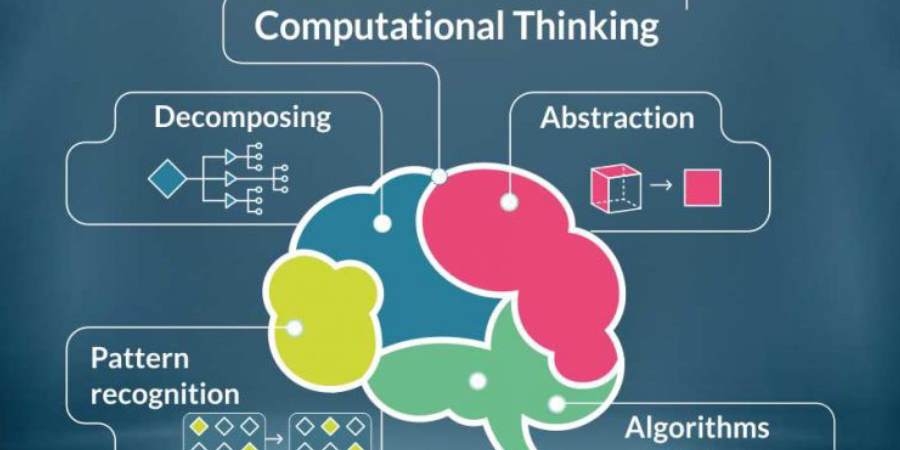
Computational thinking is one of the ways to solve problems, design systems, and understand human behaviours by integrating a few concepts of computer science. Following are the four computational skills that can be applied to a student’s curriculum.
- Algorithmic thinking
Algorithmic thinking is a way of achieving the desired output by following a series of well-defined steps. Be it recreating a piece of art by identifying and plotting the coordinate pairs on a plane or practising the Punnett square algorithm to create an endless generation of children; the students need to communicate and interpret clear instructions for reliable output.
- Decomposition
Breaking down a complicated problem into its smaller components and working on a single element at a time is an excellent way of gaining in-depth knowledge about a topic. Dissecting the American criminal justice system and identifying better solutions for a fair and balanced system activity inculcates deep analytical thinking among the students.
- Abstraction
Identifying what is essential and stripping away unnecessary details is an excellent way of reducing the complexity of a problem. Abstraction can also mean representing a system with a simple model or visualization. For example, the human anatomy study can be visualized as 3D amusement parks based on the body and the organ system functioning as rides can be helpful in a deeper understanding of the concepts.
- Pattern recognition
Students can utilize the information gotten from pattern recognition by analyzing trends in data and using those data to work out a solution. Science students can gather data about different real-time seismic activities and identify how the pattern of clustered seismic activity is the result of tectonic plate movements.
Computational thinking is already applied to the curriculum in different ways, like STEM learning and project-based learning. Giving the technique a computer term can connect students well with the studies.
